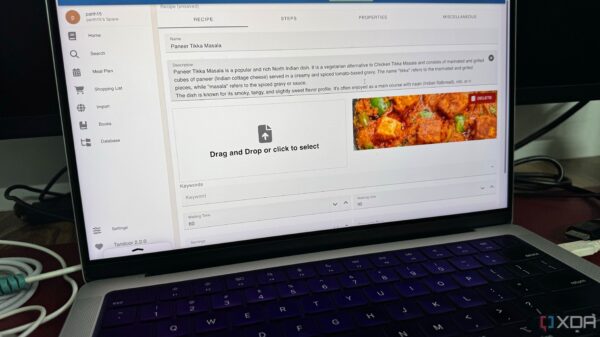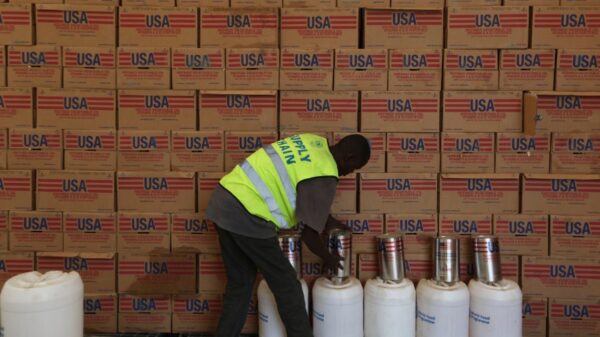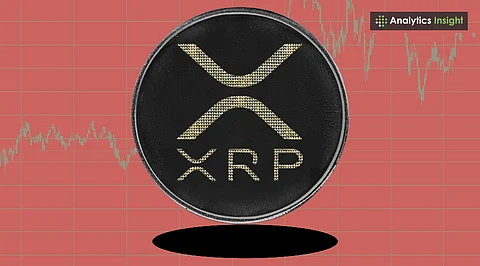XRP, currently trading around $3.03, boasts a market capitalization exceeding $178 billion, securing its position among the top three cryptocurrencies. The recent conclusion of the US Securities and Exchange Commission’s (SEC) case against Ripple, which imposed a $125 million penalty, has removed years of legal uncertainty. Despite this, unverified claims regarding a secret trading game on the XRP Ledger have emerged, with price fluctuations primarily attributed to market dynamics and derivative activities.
XRP’s price has fluctuated between $3.00 and $3.05, with its market capitalization estimated between $178 billion and $182 billion, depending on the source and timing. Recent trading sessions have exhibited increased volatility. For instance, on August 14 and 15, the price fell roughly seven percent within a single day before stabilizing in the three-dollar range. These movements coincided with broader market sell-offs and derivatives trading, which often magnifies price changes.
Legal Landscape Shifts for XRP
A significant milestone was achieved earlier this month when the SEC formally concluded its enforcement action against Ripple. This resolution, which included a civil penalty of $125 million, effectively ended a lengthy litigation process and alleviated a long-standing source of uncertainty regarding XRP’s future. With the legal cloud lifted, XRP’s price now reflects more traditional market influences, including liquidity dynamics and trader sentiment.
Although the conclusion of the lawsuit did not entirely eliminate volatility, it removed a major structural burden that had weighed heavily on investor confidence for years. Price movements are increasingly determined by market forces rather than regulatory concerns, indicating a shift toward more conventional trading behavior.
Investigation into Alleged Trading Manipulation
Recently, an independent validator on the XRP Ledger, operating under the pseudonym Grapedrop, published findings that highlighted unusual large transfers—often exceeding 140,000 XRP—between addresses presumed to belong to major exchanges. Observers noted that these transfers seemed to coincide with significant price resistance levels, leading to speculation that they could represent wash trades or coordinated efforts to artificially inflate trading volume.
While these observations have garnered attention within the cryptocurrency community, it is essential to approach such claims critically. Large transfers between exchange-operated wallets can often appear suspicious but may simply represent routine inventory adjustments or internal transfers. Market makers and exchanges commonly manage funds this way; without concrete evidence—such as detailed trading logs or regulatory insights—claims of manipulation remain unsubstantiated.
Despite ongoing speculation, simpler explanations exist for the recent price volatility. Traders often employ straddle strategies in the options market, which bet on significant price movements. When market makers hedge these positions, it can create the illusion of price stabilization at certain levels, making it seem as though the price is being artificially held. Furthermore, in a leveraged trading environment, aggressive positions can lead to forced liquidations, with even minor price changes triggering margin calls that instigate rapid price declines.
The mid-August price drops for XRP corresponded with a broader deleveraging trend observed across major cryptocurrencies, suggesting that these fluctuations were part of a wider market phenomenon rather than isolated manipulative actions.
Regulatory bodies have not taken any action regarding these alleged trading practices. As of mid-August 2025, the SEC’s case against Ripple has been fully resolved, with no appeals or further actions announced. No cryptocurrency exchange has acknowledged any manipulative behavior, leaving concerns largely speculative without corroborating evidence.
XRP’s price trajectory has seen significant highs recently, surpassing $3.40 in July, fueled by optimism regarding regulatory developments and market trends. Although the price has retreated, these fluctuations align with normal market patterns dictated by risk appetite and trading dynamics.
Currently, XRP’s trading activity remains robust, with prices fluctuating around $3. The market cap continues to hover in the high $170 billion to low $180 billion range, reflecting the active and volatile nature typical of large-cap cryptocurrencies.
In conclusion, while the allegations of a hidden trading game raise intriguing questions, they remain unproven. The validator’s observations merit scrutiny, yet they do not provide definitive evidence of manipulation. Instead, XRP’s price movements appear consistent with established market behaviors influenced by liquidity, derivatives trading, and broader market trends. As of now, without further data or regulatory scrutiny, the narrative surrounding potential manipulation continues to be a speculative discussion rather than a confirmed reality.




































































